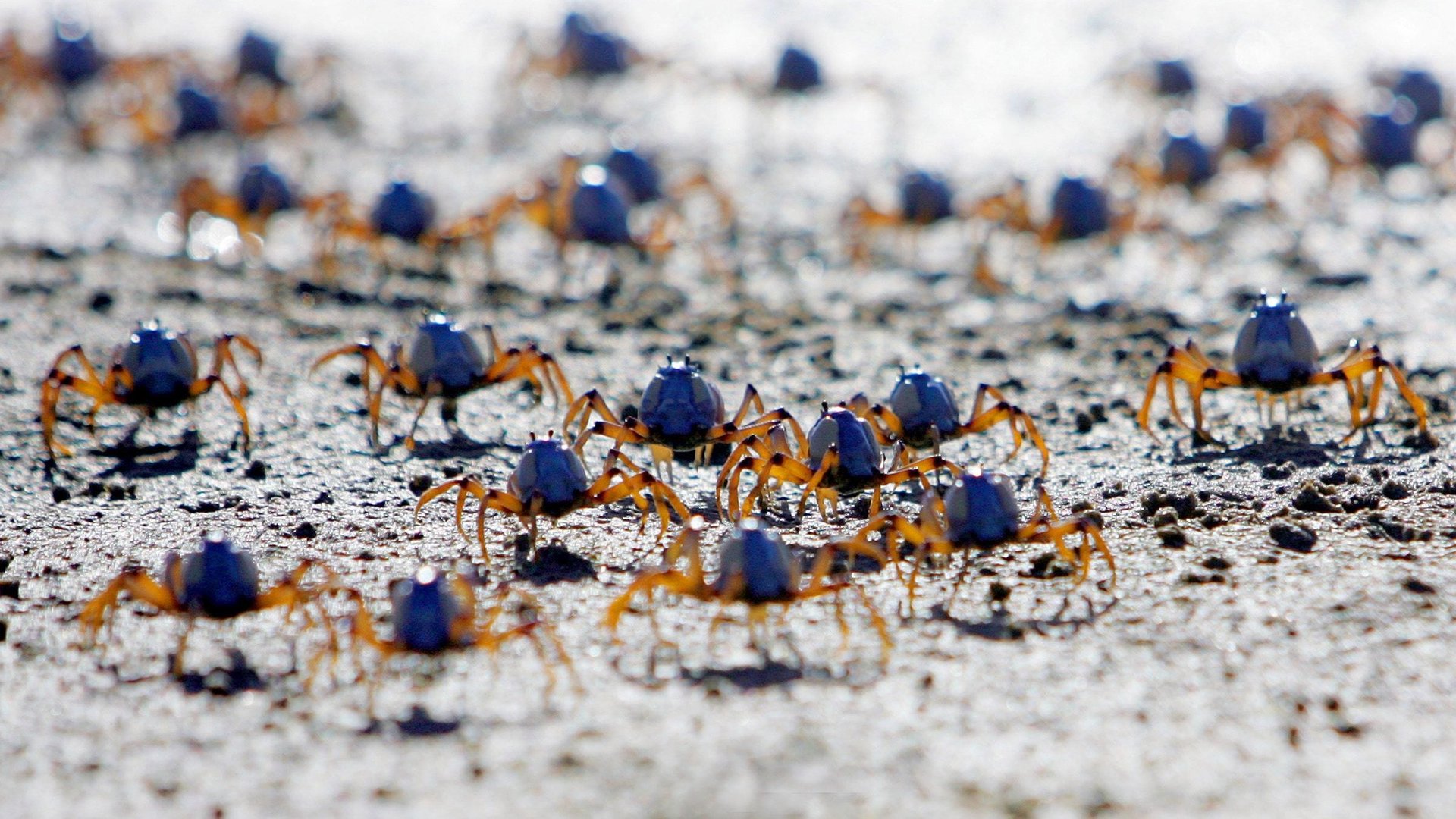The oldest animal-track fossil ever found was made by a tiny, crabby creature
Some 550 million years ago, the continents of Earth were largely empty. Plants hadn’t yet covered the land, and what animals there were (mostly insect-like trilobites and ancestors of worms), swam in the vast ocean.


Some 550 million years ago, the continents of Earth were largely empty. Plants hadn’t yet covered the land, and what animals there were (mostly insect-like trilobites and ancestors of worms), swam in the vast ocean.
The evolutionary jump that took animal life from the waters to the land is poorly understood. All researchers know is that around that time, there was a sudden birth of a variety of types of animal evolution, some of which grew legs and started breathing air. Scientists call it the Cambrian explosion. Those creatures led to the dinosaurs some 480 million years ago, and eventually to us humans.
Thanks to a new fossil record uncovered in the Wuhe county of the Three Gorges area in southern China, scientists now know the first lifeform to make its way out of ocean likely scuttled. In a paper published Wednesday (June 6), the team describes the oldest record of animal footprints ever found, from between 550 million and 540 million years ago. These footprints provide evidence of a tiny creature that walked on two little legs and was capable of burrowing in the sediment at the edge of the water and land.
“It’s difficult to say [exactly] what this animal was,” says Shuhai Xiao, a paleobiologist at Virginia Tech and lead author of the study. Without a tiny fossilized corpse next to the footprints, scientists can’t know much for sure about the creature’s physical appearance.
They are able to ascertain some details of this animal’s life, though. For one thing, it was extremely small: just about a millimeter long. Xioa says spotting the footprints was only possible because the team figured out how to shine lights on the sediment in just the right way to make out the faint indentations. And for another, it was capable of digging its way in the ground. The pattern of footprints indicates that the critter crawled into a microbial mat—a substance kind of like pond scum which provided it with oxygen or a meal (or both), and would have existed just below the sediment surface.
The footprint patterns also suggest to the researchers that the animal who made them might an ancestor of the arthropod family, which includes crabs and spiders, or the annelid family, which includes worms and leeches—though the paper doesn’t firmly commit to this classification.
In any case, these footprints do offer good evidence animals likely first evolved legs sometime around 550 million years ago. Now, all sorts of diverse animals have limbs used for a variety of tasks—walking, swinging, hunting, eating, and more. Researchers still don’t know whether all legged creatures evolved from one single species, or if the trait came about in several species at the same time.